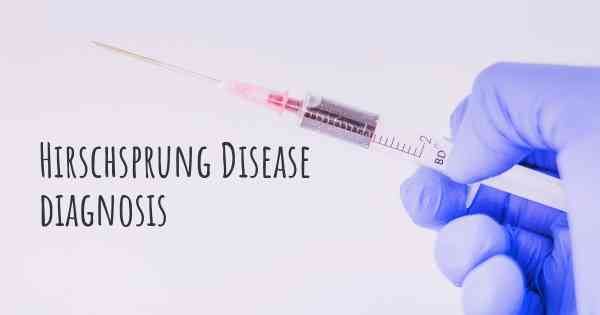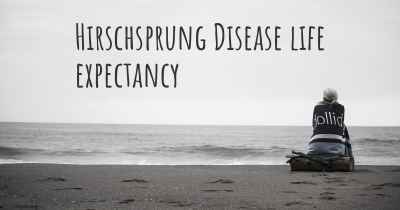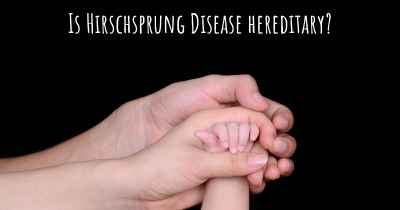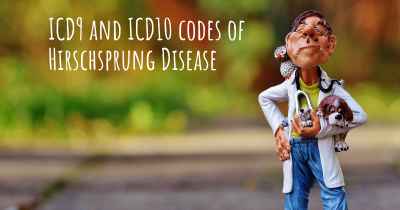How is Hirschsprung Disease diagnosed?
See how Hirschsprung Disease is diagnosed. Which specialists are essential to meet, what tests are needed and other useful information for the diagnosis of Hirschsprung Disease

Hirschsprung Disease Diagnosis
Hirschsprung Disease, also known as congenital aganglionic megacolon, is a condition that affects the large intestine (colon) and causes problems with bowel movements. It occurs when certain nerve cells, called ganglion cells, are missing from parts of the colon. These cells are responsible for coordinating the muscle movements that propel stool through the intestines. Without them, stool builds up in the colon, leading to symptoms such as constipation, abdominal distension, and difficulty passing stool.
Diagnosing Hirschsprung Disease can be challenging, as its symptoms can be similar to other gastrointestinal disorders. However, there are several key diagnostic methods that healthcare professionals use to identify this condition:
- Medical History and Physical Examination: The diagnostic process typically begins with a thorough medical history review and physical examination. The healthcare provider will ask questions about the patient's symptoms, family history, and any previous medical conditions. They will also perform a physical examination, which may include palpating the abdomen to check for signs of distension or blockage.
- Rectal Examination: A rectal examination is often performed to assess the rectum and anal sphincter muscles. During this procedure, a gloved finger is inserted into the rectum to check for the presence of stool and to evaluate the muscle tone of the anal sphincter. In Hirschsprung Disease, the rectum may be empty of stool due to the lack of ganglion cells.
- Barium Enema: A barium enema is a diagnostic imaging test that involves filling the colon with a contrast material called barium. This substance coats the lining of the colon, making it visible on X-rays. During the procedure, X-ray images are taken to evaluate the shape and function of the colon. In Hirschsprung Disease, the affected segment of the colon may appear narrowed or blocked, indicating the absence of ganglion cells.
- Anorectal Manometry: Anorectal manometry is a test that measures the pressure and muscle coordination in the rectum and anal sphincter. It helps assess the functionality of the nerves and muscles involved in bowel movements. In Hirschsprung Disease, anorectal manometry may reveal abnormal pressure patterns or lack of relaxation in the affected segment of the colon.
- Rectal Biopsy: A rectal biopsy is considered the gold standard for diagnosing Hirschsprung Disease. It involves taking a small tissue sample from the rectum to examine the presence or absence of ganglion cells. The biopsy is usually performed during a sigmoidoscopy or colonoscopy procedure. The tissue sample is then analyzed under a microscope to confirm the diagnosis. In Hirschsprung Disease, the biopsy will show a lack of ganglion cells in the affected segment of the colon.
It is important to note that the diagnosis of Hirschsprung Disease may require a combination of these diagnostic methods. The healthcare provider will consider the patient's symptoms, medical history, and the results of these tests to make an accurate diagnosis. In some cases, additional imaging tests or genetic testing may be necessary to rule out other conditions or identify specific genetic mutations associated with Hirschsprung Disease.
In conclusion, diagnosing Hirschsprung Disease involves a comprehensive evaluation of the patient's medical history, physical examination, and the use of diagnostic tests such as rectal examination, barium enema, anorectal manometry, and rectal biopsy. These methods help healthcare professionals identify the absence of ganglion cells in the affected segment of the colon, confirming the diagnosis of Hirschsprung Disease.
Posted Sep 28, 2017 by Stefania 2070
Posted Oct 25, 2018 by Mallory 1500
Posted May 15, 2019 by RachelPM 2500
Measuring control of the muscles around the rectum (anal manometry)
Abdominal X-ray using a contrast dye
Posted May 15, 2019 by Samie 1500
Posted Feb 5, 2021 by Dawud Mohamed Idham 3550








